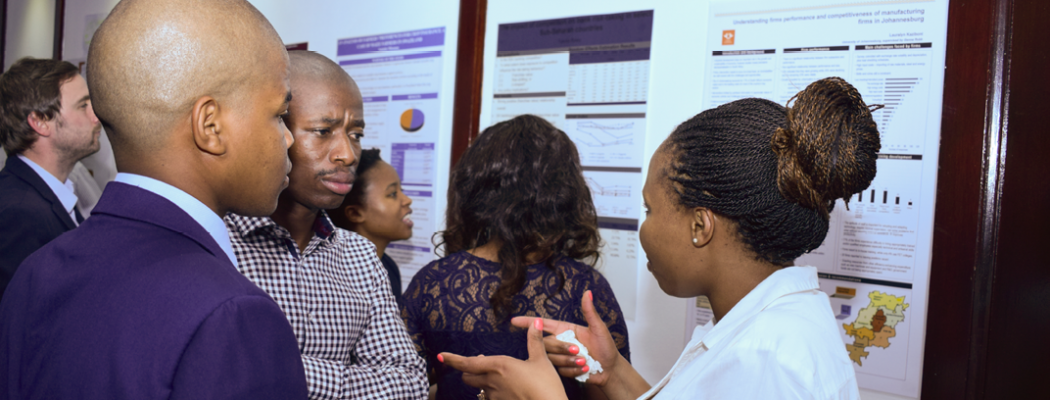Regional inequality and rural dependency in South Africa: How can opposing trends in regional inequality be explained?
South Africa is among the most unequal countries in the world in terms of income with a Gini of 0.65, and land with a Gini of 0.64. Inequality decreased in all provinces except for Limpopo and the Eastern Cape, that have experienced the slow pace of transition after apartheid. The study combines the South African National Income Dynamics Study (NIDS) panel (4 waves from 2008 – 2015) with data on regional inequality. The study shows that high inequality is found to persist under weak institutions. We find that land inequality accelerates urbanization through rural exodus. The Limpopo case is puzzling, since it exhibits paramount land inequality and relatively low but rising expenditure inequality. Given that the poor are equally poor, low levels of inequality fail to reveal anything about social mobility and equality of opportunity. A higher share of population active in subsistence agri-culture significantly increases income dependency on grants and pensions. In addition, education is key in explaining economic dependency: a one percentage point increase in school attendance is associated with an average decrease of the dependency ratio by more than 6 percentage points ceteris paribus.

